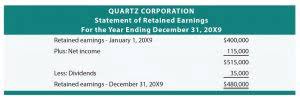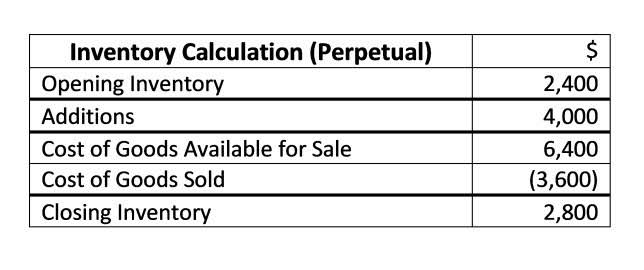
Once data is collected, expenses are aggregated to provide a comprehensive view of production costs. Advanced accounting software like QuickBooks or Xero helps in aggregating and reporting these costs, offering insights into financial trends and potential areas for cost reduction. Using the above-mentioned prime cost method formula to calculate direct expenses for manufacturing one gear. Direct labor is the cost of wages of factory employees who assemble the cabinets. Just keep in mind that you may not Bakery Accounting want to exclude keywords for brands you do not carry if you have successfully converted people with other brand loyalties in the past.

Tracking enterprise keywords
The 5A uses only packaging sleeves as its direct material, while other types may also include nylon, felt, and/or the ingredients for the proprietary handgrip. Direct labor and manufacturing overhead are used to test, weigh, and sound-match the drumsticks into pairs. During a month, Company B has a total cost of $55,000 in direct labor and $66,000 in factory overhead costs. In summary, conversion cost is a dynamic interplay of labor, materials, overheads, technology, and process efficiency. Businesses must continually evaluate these factors to optimize their production processes, enhance quality, and remain competitive. Remember, the pursuit of cost-effective conversion doesn’t compromise product excellence—it ensures sustainable growth and customer satisfaction.

Advertising Management
You can calculate prime cost to find out how much you spend on raw materials and workers directly involved in manufacturing finished goods. In this blog post, we will learn about both prime and conversion costs, including their formula and examples, and understand their differences. You can use this comparison of prime costs vs. conversion costs to improve cost calculations and invest your money wisely in your manufacturing operations. Management needs to understand its costs in order to set prices, budget for the upcoming year, and evaluate performance. Managers can view this information on the importance of identifying prime and conversion costsfrom Investopedia, a resource for managers.

Prime Costs vs. Conversion Costs: What’s the Difference?
- Both are essential components of conversion costs, giving a complete picture of the money spent to transform raw materials into finished products.
- Conversion costs play a significant role in assessing operational efficiency and optimizing production processes for maximum output at minimal expense.
- Some of the same expenses are included in both prime costs and conversion costs.
- It is called conversion costs because it helps to convert the raw material into finished goods with combined direct labour and manufacturing overhead costs.
- In this blog post, we will learn about both prime and conversion costs, including their formula and examples, and understand their differences.
- While direct costs vary with production levels, overhead costs remain relatively stable regardless of output.
For shipping the raw materials to the desired location, they paid ₹30,000 to fixed assets the transportation company. To speed up the production process, they rented an assembly plant for ₹1,50,000/Month. For the final assembly of cars, they rented heavy-duty machinery for ₹80,000 and paid ₹50,000 as the electricity bill. In that case, producing a different product or reducing production volumes may be more profitable.
- This report shows the costs used in the preparation of a product, including the cost per unit for materials and conversion costs, and the amount of work in process and finished goods inventory.
- When it comes to understanding the financial aspects of a business, different costs play crucial roles.
- It is essential to assign direct and indirect costs to each product is essential.
- Direct labour is included in both prime cost and conversion cost because labourers are directly involved in handling raw materials and converting them into finished goods.
- It is calculated by dividing the total conversion cost by the number of units produced.
- Conversion costs are vital to be calculated by each companysince they are fundamental for making important business decisions and carryingout basic accounting tasks.
It is called conversion costs because it helps to convert conversion costs the raw material into finished goods with combined direct labour and manufacturing overhead costs. Conversion cost is a crucial aspect of a company’s financial reporting and decision-making process. By understanding what conversion cost is, its importance, and how to calculate it, businesses can optimize their production processes, reduce costs, and improve their bottom line. By following the best practices outlined above, companies can ensure accurate and reliable conversion cost data, ultimately helping them make informed business decisions and stay competitive in the market.

